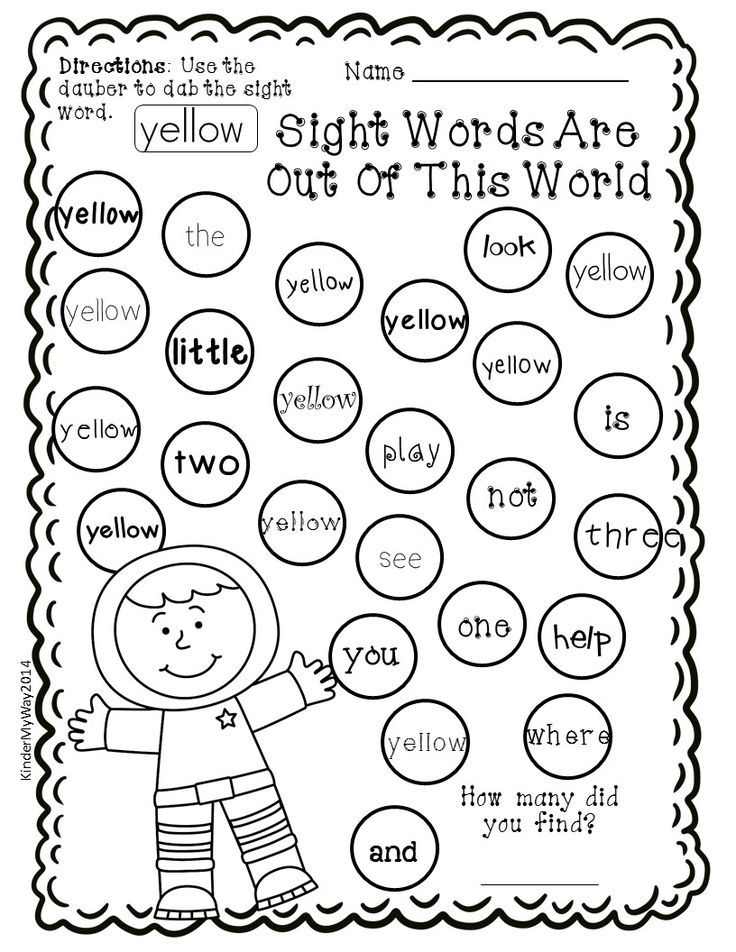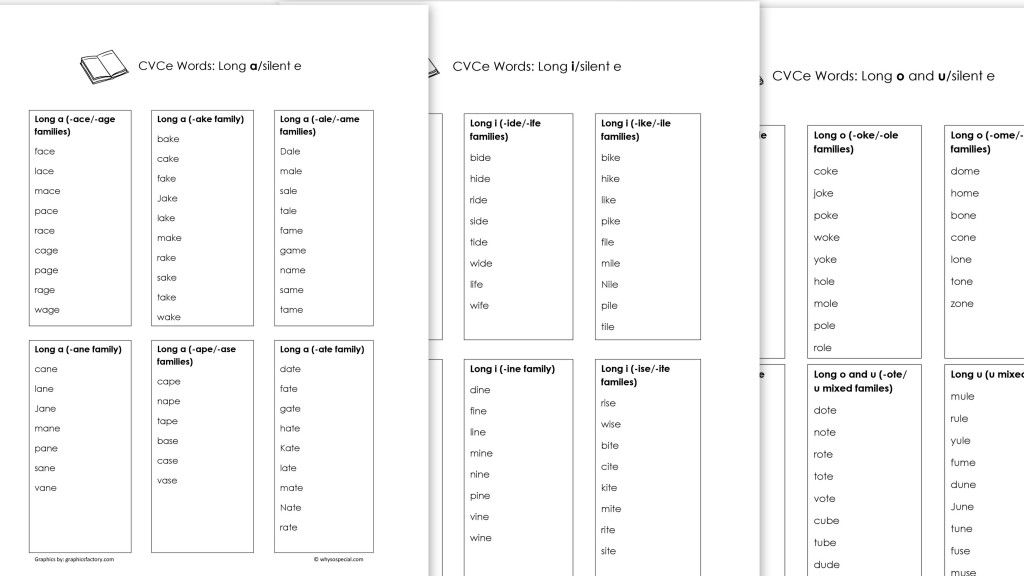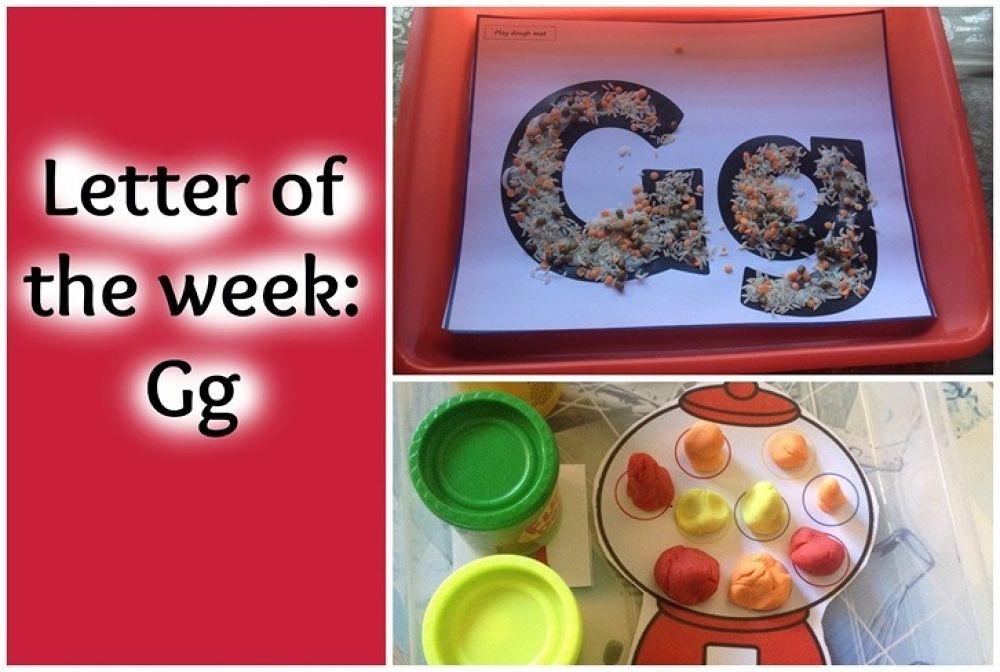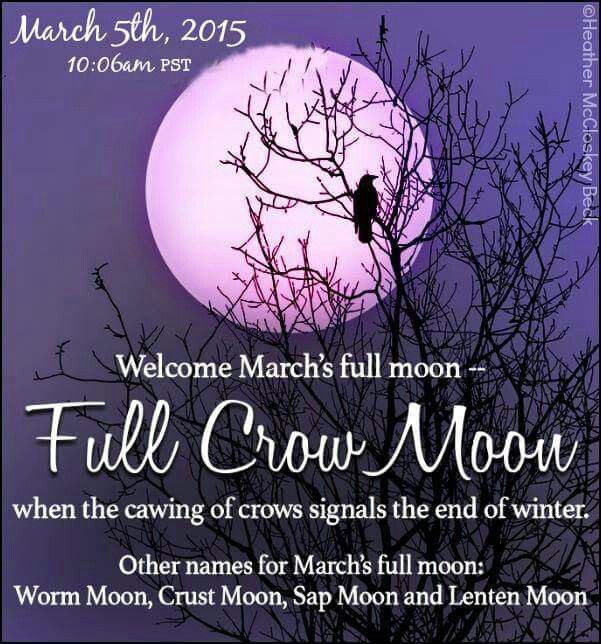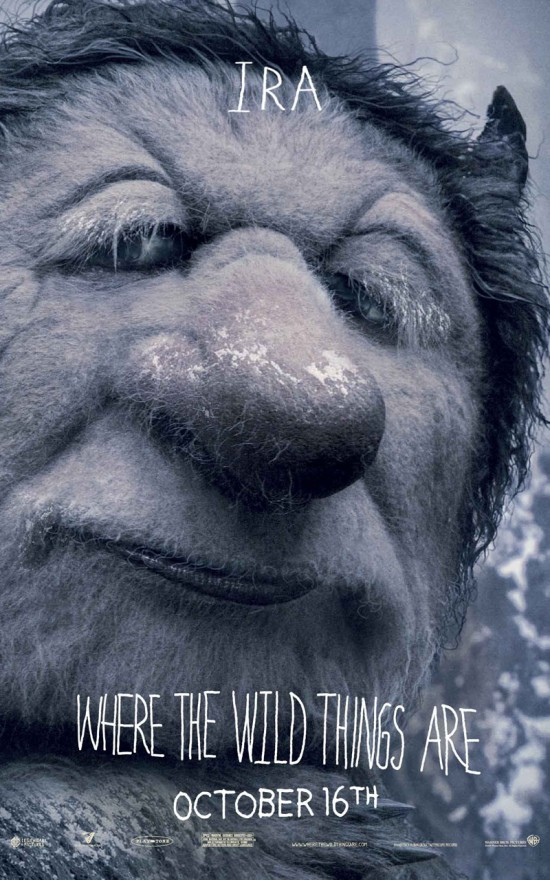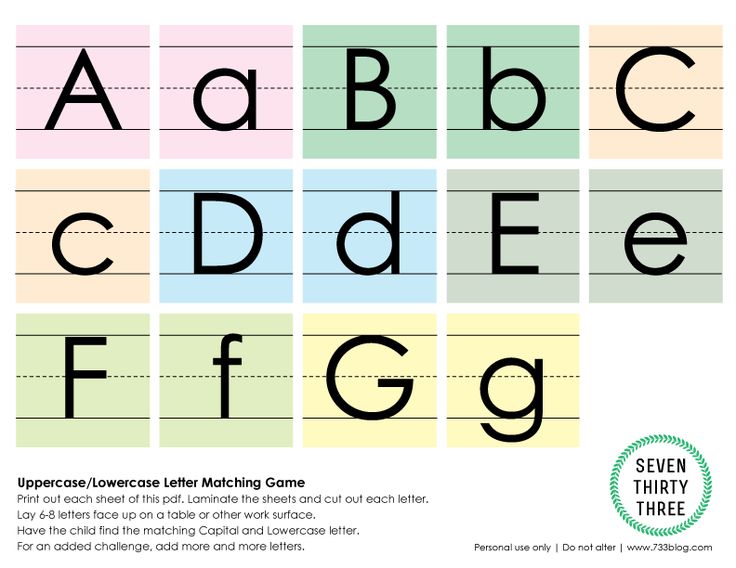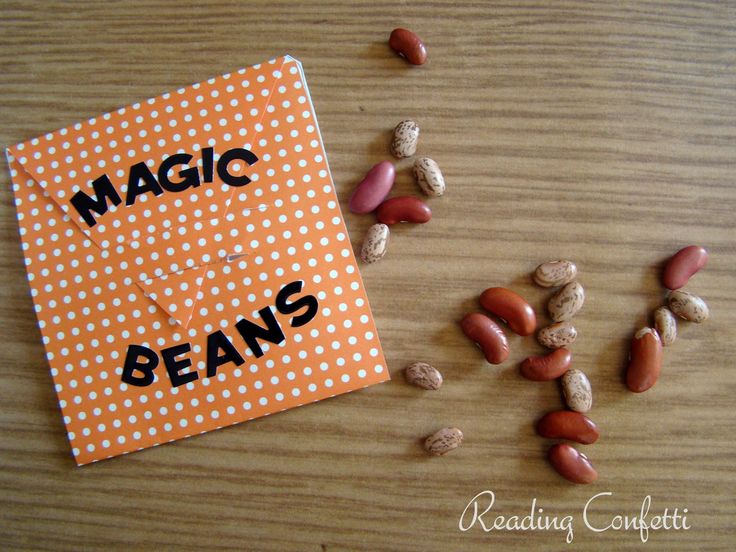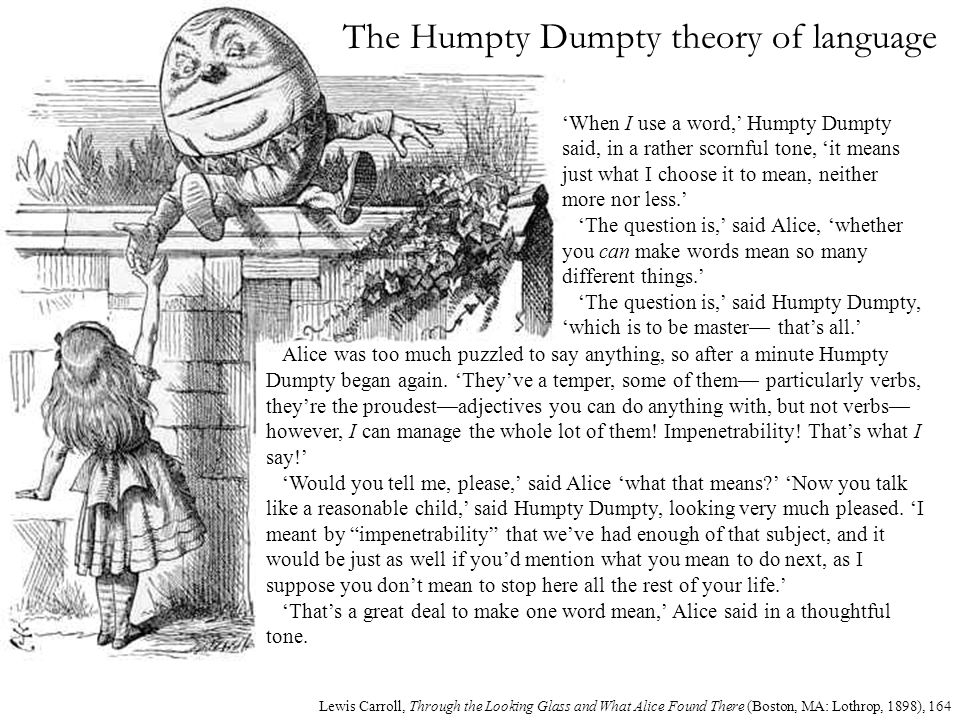Sight words for pre kindergarten
Examples of Sight Words for Preschool
Do you want your preschool child to become a fluent reader by just looking at words? Yes, kids can learn to read without reading each letter or phenomes. Instead, children can recognize and memorize some words by sight. These words are called sight words. In this article, you will learn what these are, some examples of sight words for preschool children, and how to teach them to your preschooler.
What are sight words?
When children start learning to read and write, they are taught by reading out each sound. However, not all words follow the six types of syllables or spelling rules. These words are called sight words.
Sight words are composed of “service” words or adjectives, adverbs, conjunctions, prepositions, pronouns, and verbs. They are hard to decode using phonetics. So children are taught to recognize the letters and memorize them as a whole word by sight quickly, about three seconds, instead of reading every phoneme.
Sight words account for 75% of children’s reading materials. But don’t confuse these words as high-frequency words, as not all high-frequency words are sight words.
Knowing more sight words makes children read faster since they are not read but rather memorized.
Examples of Sight Words for Pre-K
You can find many examples of sight words for preschool children in many sources. However, the most popular sources are the Dolch Sight Words list. This list is named after Dr. Edward William Dolch. He first developed his list of sight words after studying the words that mainly occur in children’s books in the 1930s to 1940s. Below you can find 40 examples of sight words for pre k from Dolch list:
Preschool Dolch Sight Wordsa, and, away, big, blue, can, come, down, find, for, funny, go, help, here, I, in, is, it, jump, little, look, make, me, my, not, one, play, red, run, said, see, the, three, to, two, up, we, where, yellow, you
5 Tricks to Teach Sight Words to Preschoolers
Teaching preschoolers to recognize and memorize a sight word can be challenging at first.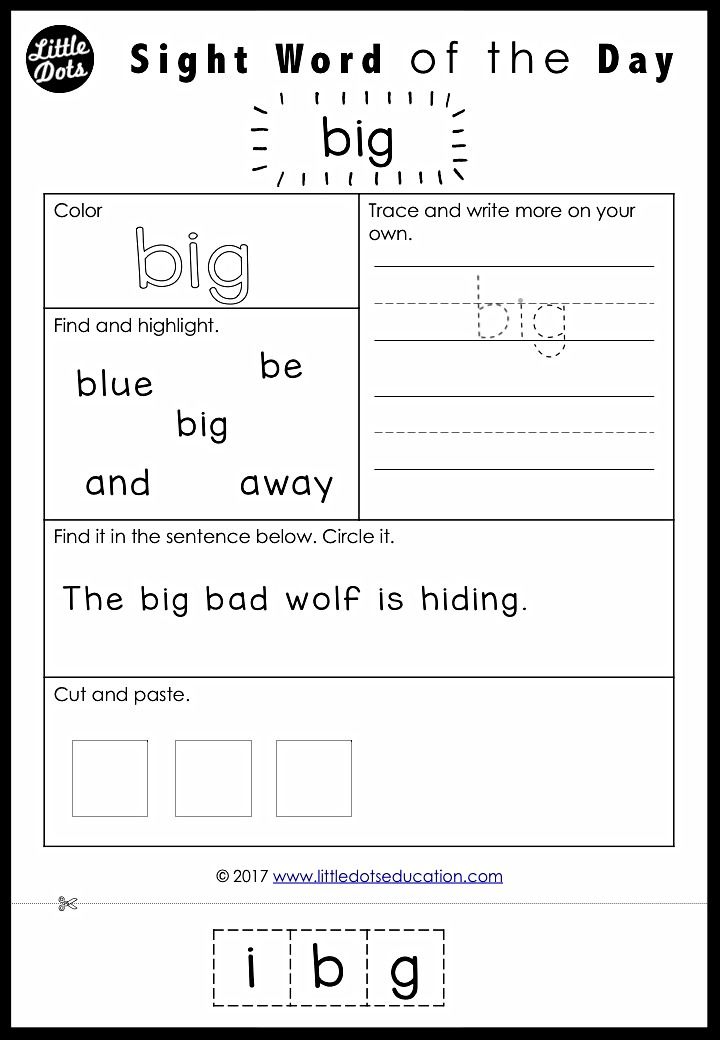 After all, they don’t know much about letters and phonetics yet. However, these tricks below make learning sight words easier for preschoolers.
After all, they don’t know much about letters and phonetics yet. However, these tricks below make learning sight words easier for preschoolers.
The word I, which only comes with one letter, is the easiest sight word a preschooler will learn. Build up from this word and then move on to sight words with more letters. It’s easier to teach these sight words because only a few letters will complicate the sound of the words.
Use Kids’ Favorite BooksDr. Edward Dolch came up with the idea of listing down sight words after finding out that the majority of words found in children’s books are repetitive. Using your kid’s favorite children’s book will encourage them to learn. You will expose them to many different sight words they can memorize. Since it is their favorite, they might have remembered the words from this book, even without looking at the letters that make up the words. Therefore, they only need to recognize the words instead of learning the sounds.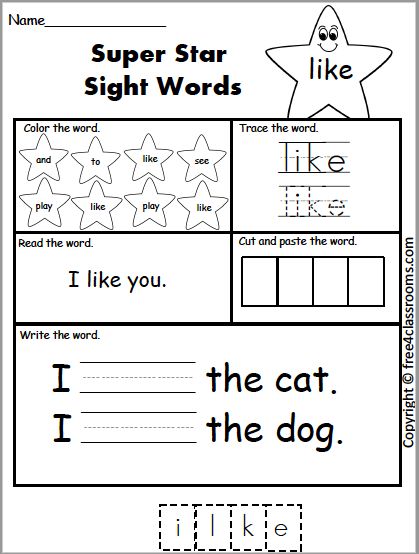
Children learn well when they are having fun. For example, you can teach sight words through a game or attractive visual aids such as our language learning flashcards. Here are some games you can try to make learning sight words fun for preschoolers:
Shaving Cream Sight WordsThis game is not just great for learning sight words but also for sensory play. To do this game:
- Spread shaving cream onto a tray.
- Write a sight word in the saving cream and teach the preschooler this word.
- Let the child erase the word with his hands and then spread more shaving cream and write the same word again until he can recognize the word by a glance.
Another fun activity for learning sight words is Sight Word Bingo. To do this:
-
Prepare bingo cards with sight words introduced to preschoolers and a box with the exact sight words written on paper.
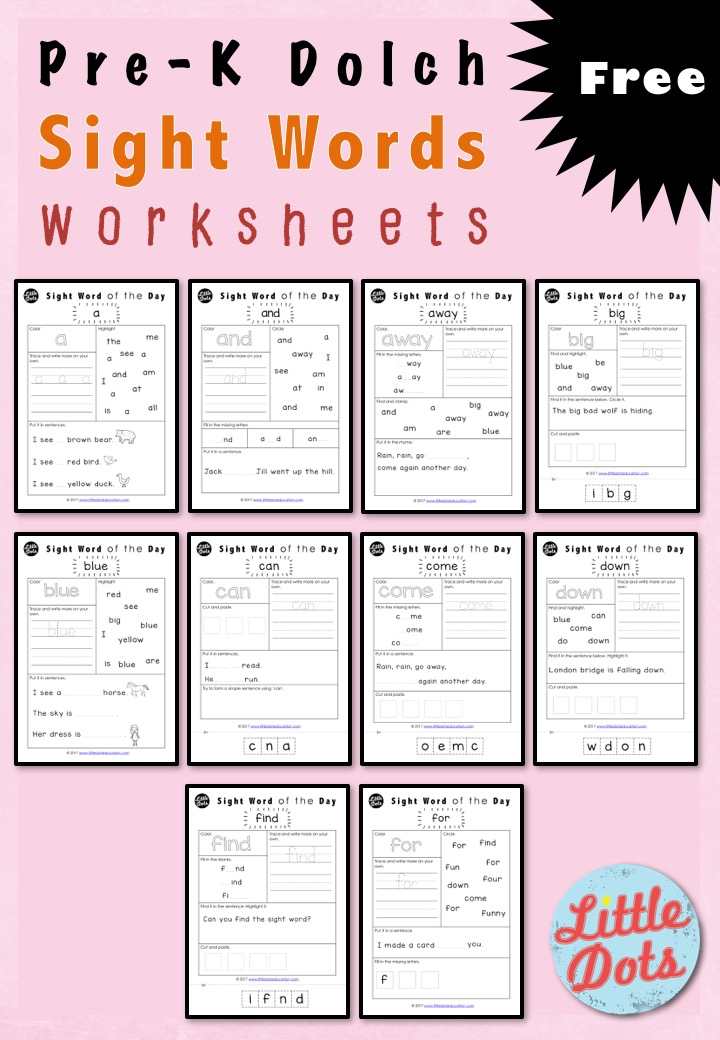
- Give each child a bingo card and a pen.
- Take out one sight word from the box and read it out loud. When the children find the same sight word from their bingo card, have them mark it using their pen. When they have covered sight words in a diagonal, vertical, or horizontal row, they should shout Sight Word Bingo.
Reading and language learning can accelerate when preschoolers have lots of sight words in their arsenal. This can help them focus more on comprehending each word instead of how it sounds.
References:
Dolch Sight Words List | Sight Words: Teach Your Child to Read
What Are Sight Words? Get the Definition Plus Teaching Resources (weareteachers.com)
A New Model for Teaching High-Frequency Words | Reading Rockets
Preschool Sight Words - The Measured Mom
This post contains affiliate links. As an Amazon Associate I earn from qualifying purchases.
How should I introduce sight words to preschoolers?
What is a good sight word list for preschoolers?
Where can I find preschool sight word worksheets?
These are all questions I’ve heard from parents who are eager to get their children on the right path when it comes to learning to read.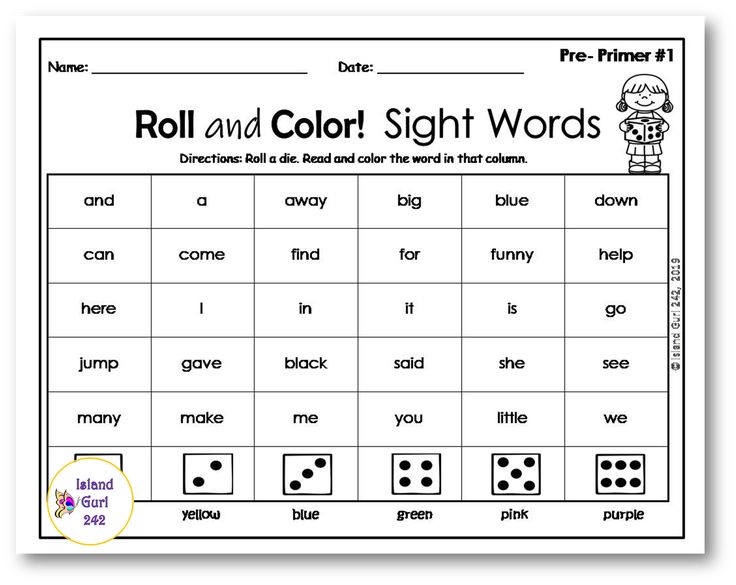
They are all good questions, but I think we need to back up and ask this question first:
SHOULD we teach sight words in preschool?
First of all, let’s clarify what sight words are. Some people will tell you that sight words are words that cannot be sounded out.
But researchers’ definition of sight words is different. Sight words are words that a reader recognizes instantly, without needing to sound out or guess.
Therefore, all beginning readers have a different sight word vocabulary, because they all know a different set of words “by sight.”
It’s probably best to speak in terms of “high frequency words.” These are the most commonly used words in printed text.
Obviously, readers need to know high frequency words.
But HOW they learn these high frequency words matters.
We’ll get to that in a minute.
First …
What should preschoolers know BEFORE they learn to read?
This is an important question to answer.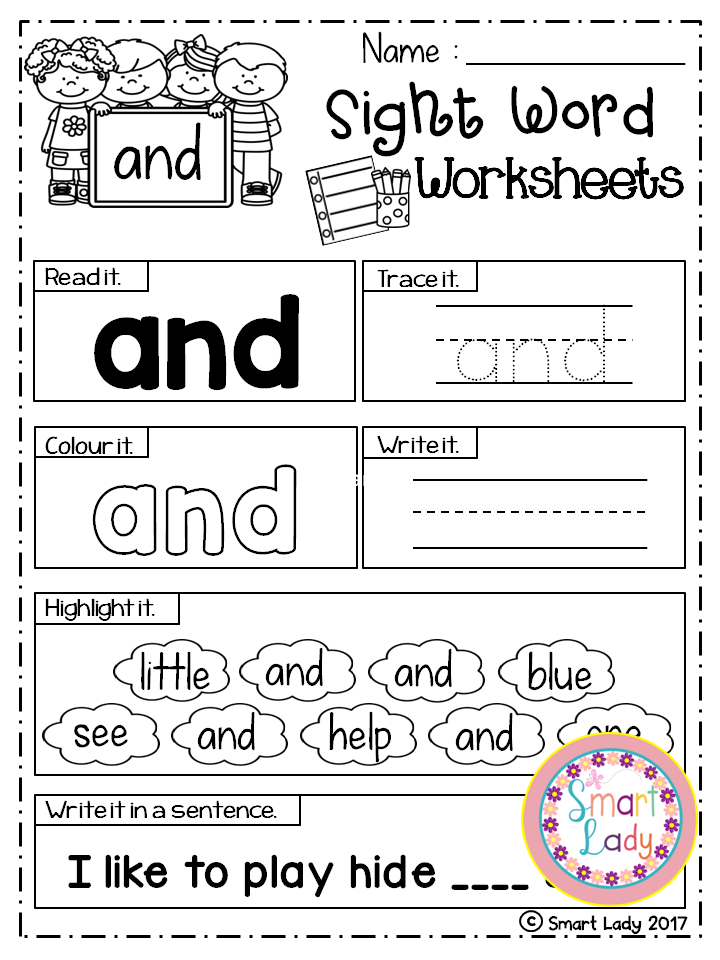
After all, we don’t teach newborn babies to read. Why not?
They’re not ready (obviously).
They’re not ready because they need a set of important pre-reading skills.
5 important pre-reading skills for preschoolers
1- Concepts of print
- They hold books correctly and turn pages in the right direction.
- They know that each word on a page represents a spoken word.
- They understand that text is read from left to right.
2- Language and listening skills
- They can retell a familiar story in their own words.
- They engage with a story as you read to them — asking questions (“Why did he say that?”) and making personal connections (“I wish I could have that much ice cream!”)
- They can answer simple questions about a story.
3- Letter knowledge
- They recognize the letters of the alphabet.
- They can name each letter’s sound (or a large number of them).
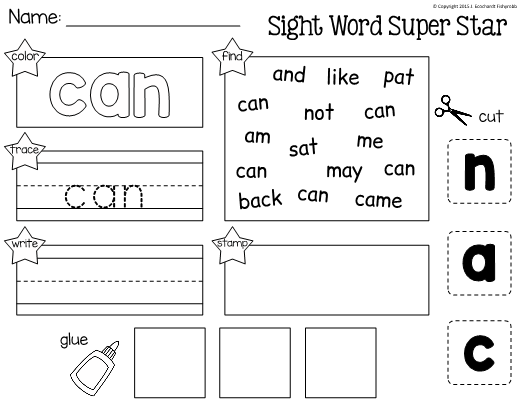
4-Phonological and phonemic awareness
- They can count words.
- They can count syllables in words.
- They can rhyme.
- They can put sounds together to make a word. If you say these sounds to your child, /f/ and /ish/, can he put them together to make fish? If you stretch a word and say it like this — mooooon – does your child know the word is moon?
- They can identify the first and last sound in a word. This is not the same thing as knowing the letter. For example, if you ask your child the first sound in the word phone, she should be able to answer /f/.
5- They have an interest in learning to read.
- They enjoy being read to.
- They frequently ask you to read aloud.
- They pretend to read.
After pre-reading skills are in place, we should teach preschoolers to sound out words.
Once students are ready to read, we teach them to blend sounds into words.
I used to teach that students should learn sight words FIRST, because it can seem easier to memorize a few words than to sound them out.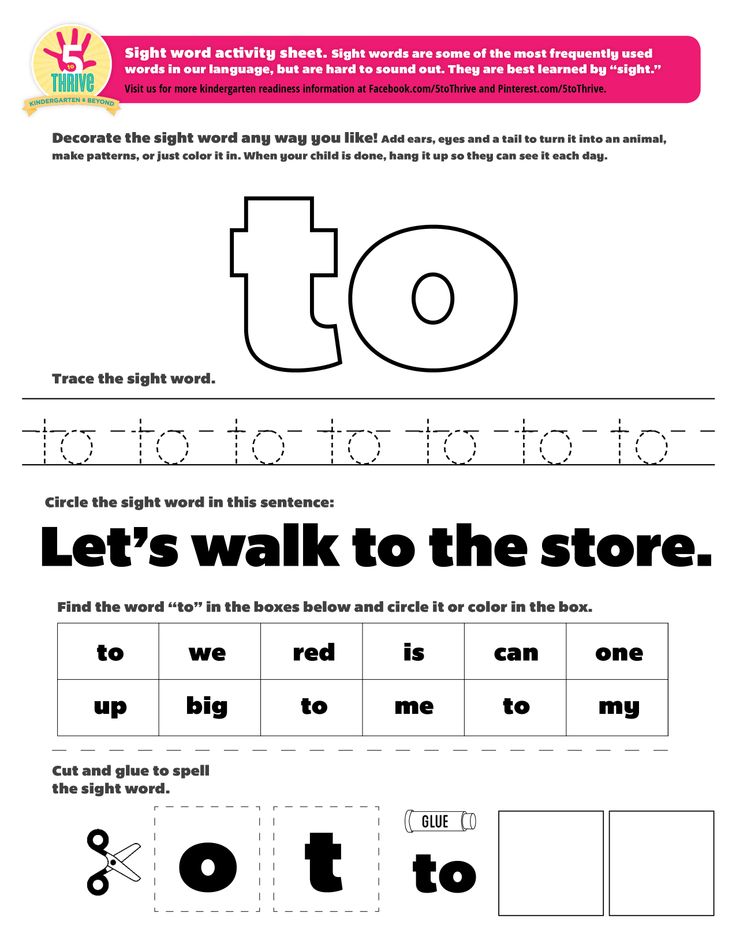
Because I believed this, I created a huge set of sight word books for preschoolers to “learn to read.” I thought that they could memorize the repeated “sight word” and use the pictures to read the rest of the words.
I don’t share those sight word books anymore, because I’ve learned that three-cueing (something I learned to use in college and grad school) is a major problem and NOT something we should be teaching beginning readers to use. (I won’t get into that here, but you might want to check out my podcast episode: “What’s wrong with 3-cueing?”)
What if preschoolers struggle to sound out words?
If your child struggles to sound out simple words, you might think that you should switch to giving them them lists of words to memorize.
That is NOT the answer.
Instead, you need to go back to those pre-reading skills and make sure they’ll all in place … particularly phonemic awareness.
Phonemic awareness is the ability to play with individual sounds in words.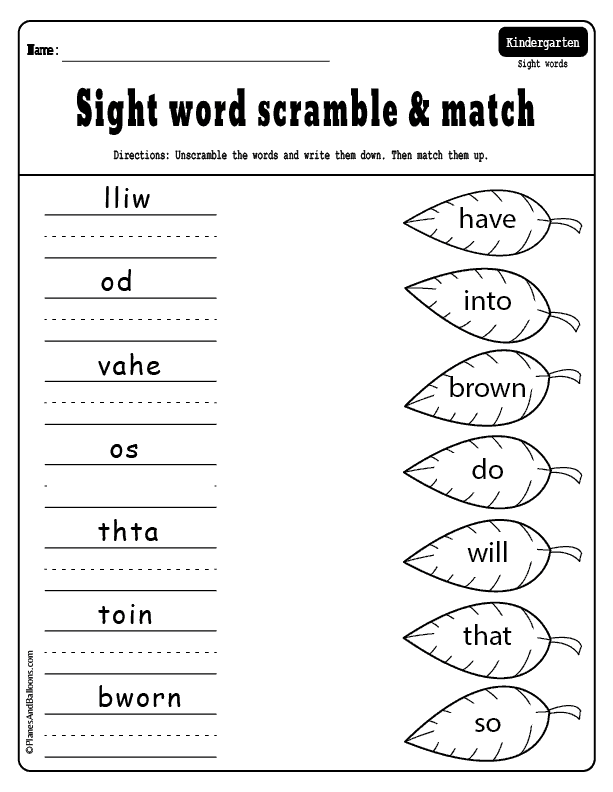
Readers should be able to isolate, blend, segment, and manipulate phonemes.
While we certainly can (and SHOULD) continue to teach phonemic awareness as we teach phonics, if children don’t have the basics, they will not be successful with reading.
Practice ORAL blending if your child struggles to sound out a 3-letter word like hat.
You can say, “Put these sounds together to make a word. /h/ /a/ /m/. What’s the word?” If your child cannot say HAM, then you need to build phonemic awareness before sounding out words.
Build phonemic awareness with our hands-on games!
Phonemic Awareness Games & Activities
$24.00
Get your preschooler ready to read with this interactive set of phonemic awareness activities.
Buy Now
AFTER preschoolers are starting to sound out words, we can teach “sight words.”
When your child understands the concept of decoding words and is ready to read a simple decodable book, you’ll need to teach the high frequency words that are also included in that book.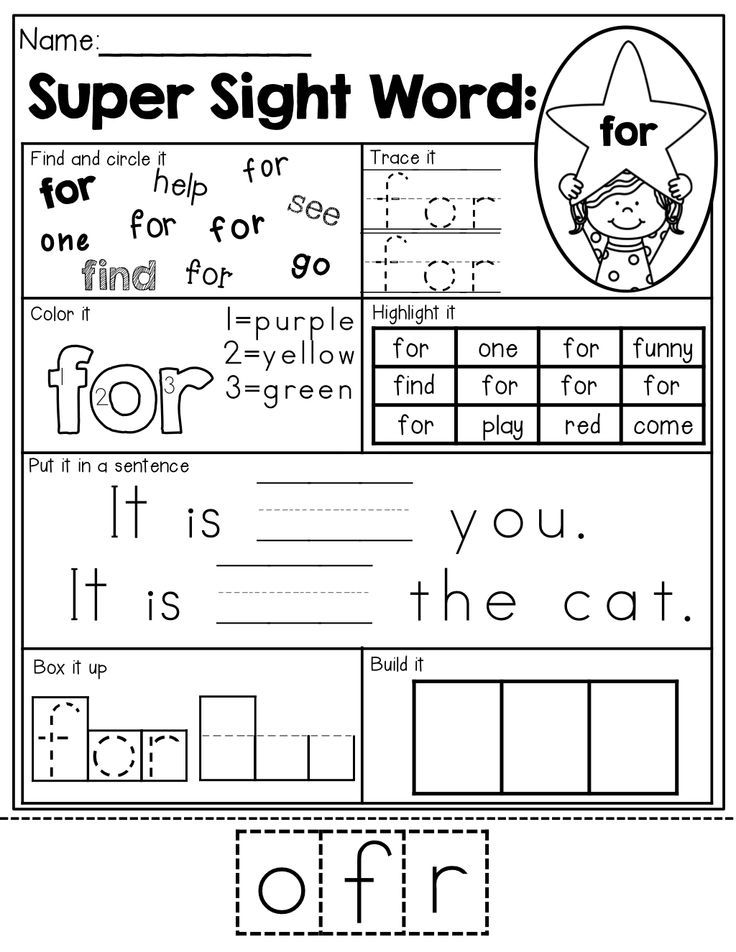
For example, if your child is learning to sound out CVC words, the book’s text may look like this:
“The cat is big.”
To read the sentence, your child needs to know the high frequency words THE and IS.
THE is not a word your child can sound out; you will need to teach him/her to memorize the tricky parts. IS is not as tricky as you might think; just teach your child that the letter S has two sounds: /s/ and /z/, and in the word IS it makes the sound /z/.
What sight words should we teach preschoolers?
In general, I don’t think you should teach preschoolers to memorize words. However, it’s helpful to know a small set of words “by sight” so that your child can start to read decodable books.
Readsters recommends teaching these sight words to pre-readers:
- the
- a
- I
- to
- and
- was
- for
- you
- is
- of
HOW should we teach introduce sight words in preschool?
While flash cards can be helpful for review, that’s not how we should introduce sight words.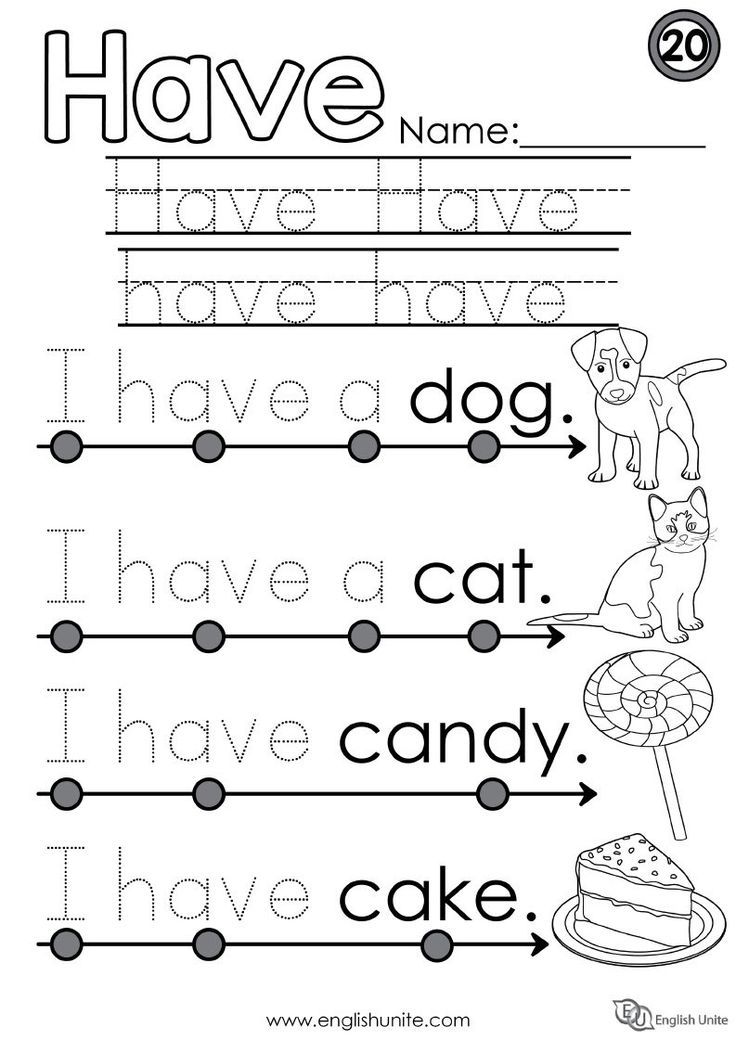 I’ve got a whole post about how to teach sight words, and I recommend checking it out here.
I’ve got a whole post about how to teach sight words, and I recommend checking it out here.
Here’s a quick summary of my approach:
- Assuming your learner has phonemic awareness and letter-sound knowledge, you’re ready to begin. (Not sure about the phonemic awareness? Give this free assessment.)
- Name the new word, and have your learner repeat it.
- Name the individual phonemes (sounds) in the word. For example, in the word is, there are two phonemes: /i/ and /z/.
- Spell the sounds. Call attention to any unexpected spelling. In is, we spell /i/ with i and /z/ with s.
- If possible, have your learner read related words. Has and his are great words to read alongside is because they are short vowel words with an s that represents the the /z/ sound.
- Have your learner read connected text.
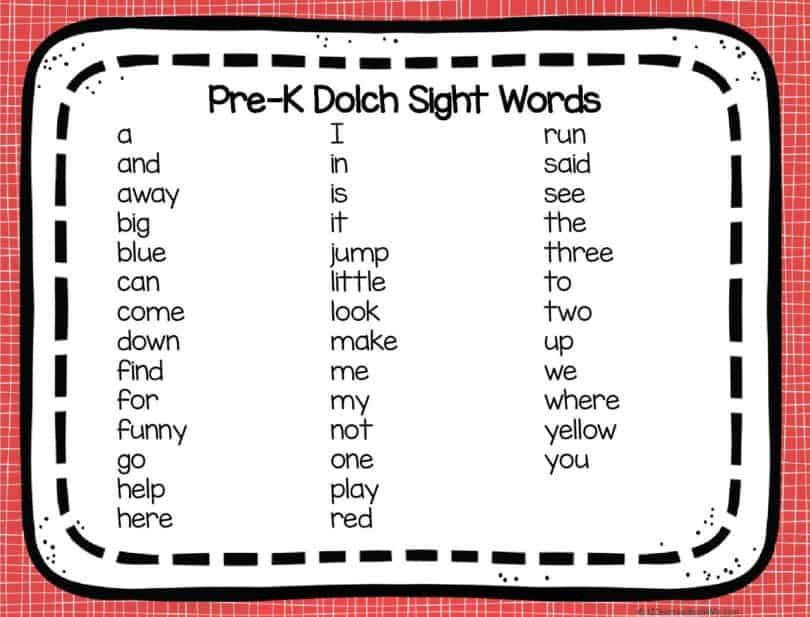 Connected text can be decodable sentences or books.
Connected text can be decodable sentences or books.
I recommend my high frequency word lessons and books which can be used with kids as young as preschool.
You’re invited to check out the rest of this series!
Part 1 Part 2 Part 3 Part 4 Part 5 Part 6 Part 7 Part 8 Part 9
Free Reading Printables for Pre-K-3rd Grade
Join our email list and get this sample pack of time-saving resources from our membership site! You'll get phonemic awareness, phonics, and reading comprehension resources ... all free!
Dividing words into syllables for preschoolers
The method of teaching kids to read is based on dividing words into separate syllables. First, the child learns letters and combines them into syllables, and then begins to learn to read words by syllables. When this skill is fully developed, the child will be able to master the next stage - reading the words in their entirety, in one breath.
Content:
- How to properly and easily teach a preschooler to divide a word into syllables?
- What a baby should know in advance
- What is a syllable
- Open and closed syllables
- How to teach to divide words into syllables
- Game exercises
How to teach a preschooler to divide a word into syllables correctly and easily?
This question worries parents of future first-graders who want to prepare their child for school. After all, the sooner the kid masters this skill, the less difficulties schooling will cause for him.
There are many methods for teaching syllable division that can be applied at home. You can choose the option that best suits your child.
The main condition for success is the game format of classes. Do not set rigid time limits and do not push the child, do not compare him with other children. Each kid is an individual, he learns new knowledge at his own pace.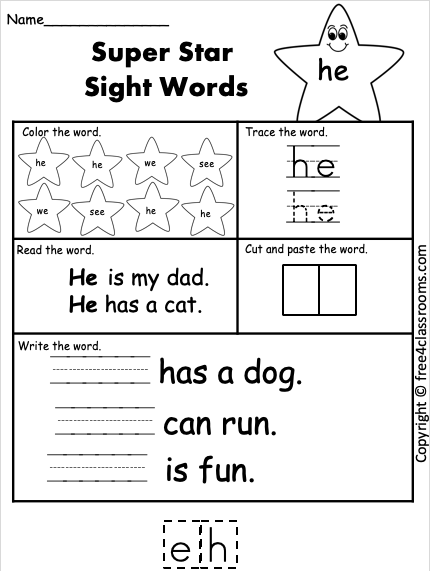
What the baby should know in advance
Before learning syllable division, make sure that the child:
- has learned the basic letters;
- can recognize vowels and consonants;
- can count fluently to at least five;
- is oriented in the left and right directions.
When learning letters, do not say their alphabetical pronunciation. If he learns the letter as "es", then it will be difficult to explain why in the word "Bag" it is pronounced differently.
Speech defects can add to learning difficulties. They must be eliminated together with a speech therapist.
What is a syllable
First of all, you need to explain to your child what a syllable is. But this must be done at the level that is available to the baby - in a simple and understandable language, without complex theory and terms.
Tell your child that words can be divided into syllables in the same way that we divide pizza or chocolate into parts.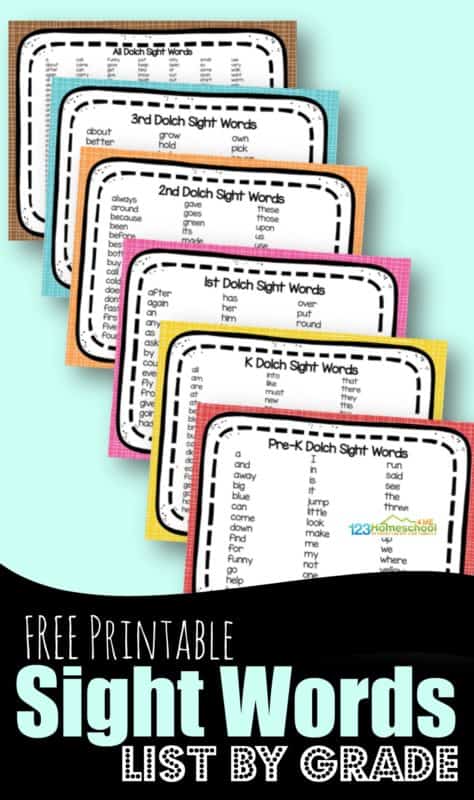 And a syllable is such a piece, whole words are made up of these separate pieces.
And a syllable is such a piece, whole words are made up of these separate pieces.
Be sure to talk about the difference between letters and sounds. Explain that we pronounce sounds, and we see letters in books and write in notebooks.
Explain to your child that each syllable has exactly one vowel and one or more consonants. And it is the number of vowels that determines how many syllables are in a word.
Open and closed syllables
The next stage is a story about closed and open syllables. The easiest way to explain the difference to the baby is as follows:
- an open syllable ends in a vowel sound, you can sing it;
- in a closed syllable there is a consonant at the end, it cannot be sung.
Practice singing different types of syllables with your child so that he can practically feel the difference between them. Ask him to put his hand to his chin and ask him to say a word.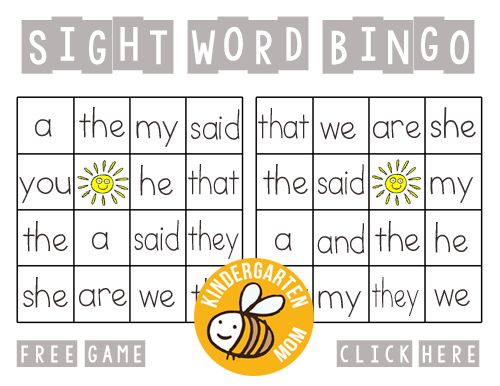 It will have as many syllables as the number of times its lower jaw twitches.
It will have as many syllables as the number of times its lower jaw twitches.
How to teach how to divide words into syllables
It is important to know that the rules for syllable division are revised periodically. And some modern approaches are different from those taught 20-30 years ago.
- Consonants after a vowel go to the next syllable: “ve-sna”, “ko-shka”.
- Two identical consonants are not separated into different syllables: "classy".
- A syllable in the middle of a word can only be closed by sonorant consonants p, l, n, m.
- If two consonants denote one sound, then they cannot be separated: “u-e-catch”, “we-ss”, “a-kku-rat-ness”. At the same time, in the transfer, the rules remained the same - “leave-reap”.
These phonetic rules must be known to an adult who teaches a child in order to avoid mistakes, but one should not try to explain them to a child. The preschooler will not understand the theory of phonetics, it will simply discourage him from learning.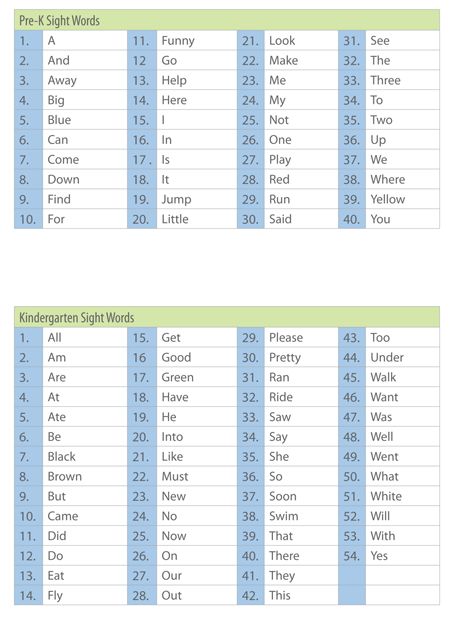
Use syllable cards and magnetic alphabet to explain. As practice shows, children learn new knowledge much faster if they are presented in a visual format and they can be touched with their hands. To interest the child, involve the heroes of his favorite fairy tales and cartoons in the educational process.
Show your child how to divide words into syllables with simple examples using short familiar words.
- Use flashcards or elements of the magnetic alphabet to make simple words like "fir-ka", "cat", "house", and others. Ask them to show the vowels and count the number of syllables.
- Complicate the task by making words of three syllables: “ko-ro-va”, “las-toch-ka”, “zhe-le-zo”, “ka-bi-na”.
- Make up words that differ by one vowel, for example, "forests - fox." This will help explain the difference between the sounds to the child.
- Arrange the letters so that they form a word. Ask the student to divide it into syllables.
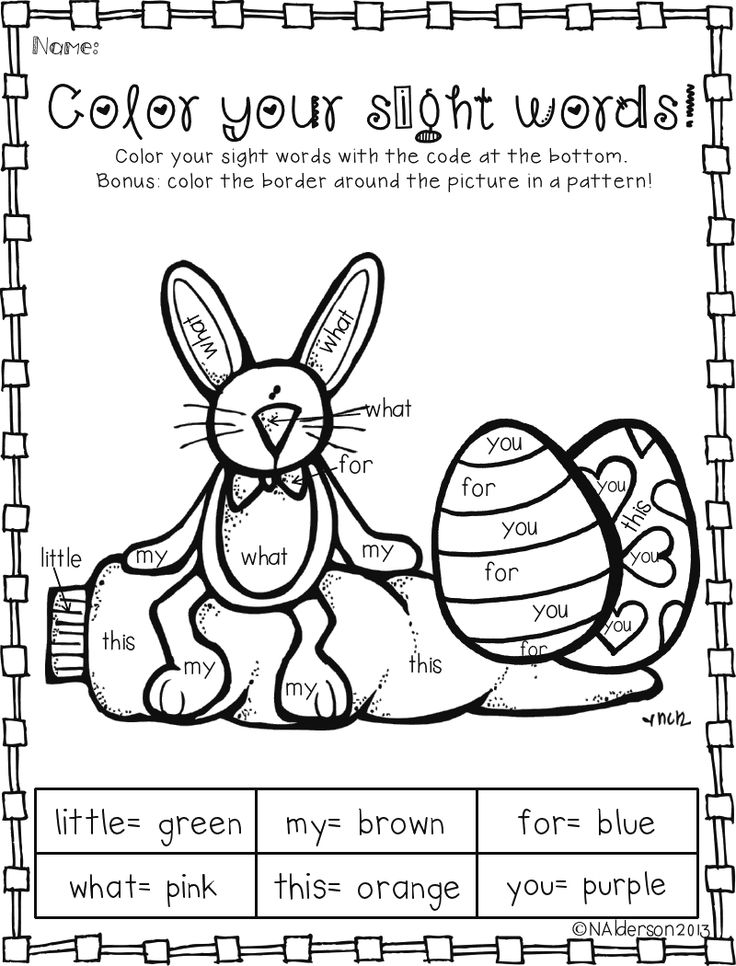
Game exercises
There are many games that will help the child learn the rules of dividing words into separate syllables faster. You will need special cards. You can buy them ready-made, download from the Internet and print them yourself or do it yourself.
Magic Ride
Draw a map of the magical town using your child's favorite characters and place stops around it with space for a syllable. Lay out the cards and ask the baby to travel around the map so that the given word is obtained. For the successful completion of tasks, give stickers or other small gifts.
Complete the word
Choose two-syllable words for this purpose and give the child the first syllables. Name the word and show the child the second part at random, asking him to determine if this syllable is suitable to complete the word.
Clap your hands
Show the child a picture and name what is drawn on it. Ask him to clap his hands as many times as there are syllables in the word.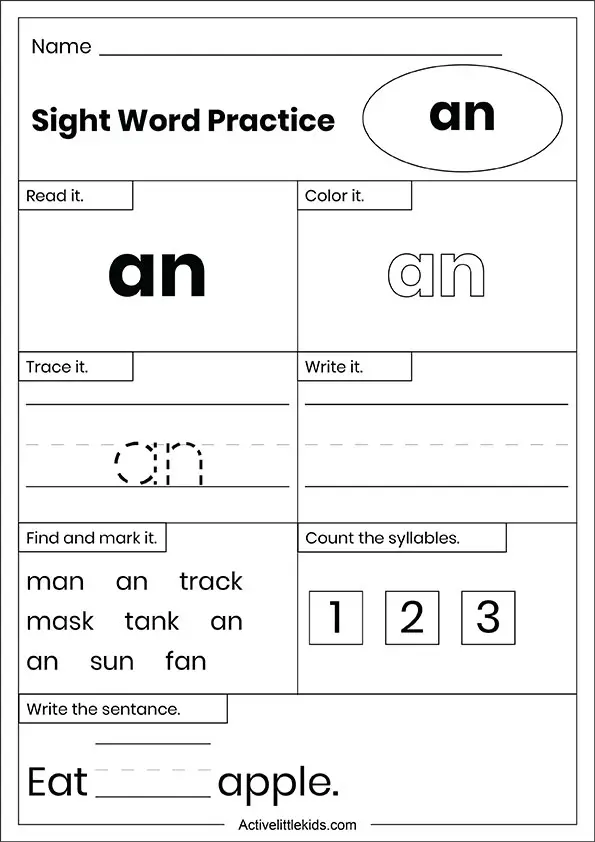 This game is fun to play with a group of two to five children.
This game is fun to play with a group of two to five children.
Rating: 5/5 - 1 votes
20 reading texts for children aged 5-6-7-8
A child who has learned to put sounds into syllables, syllables into words, and words into sentences needs to improve his reading skills through systematic training. But reading is a rather laborious and monotonous activity, and many children lose interest in it. Therefore, we offer texts of small size , the words in them are divided into syllables.
First read the work to the child yourself, and if it is long, you can read its beginning. This will interest the child. Then invite him to read the text. After each work, questions are given that help the child to understand what they have read and comprehend the basic information that they have learned from the text.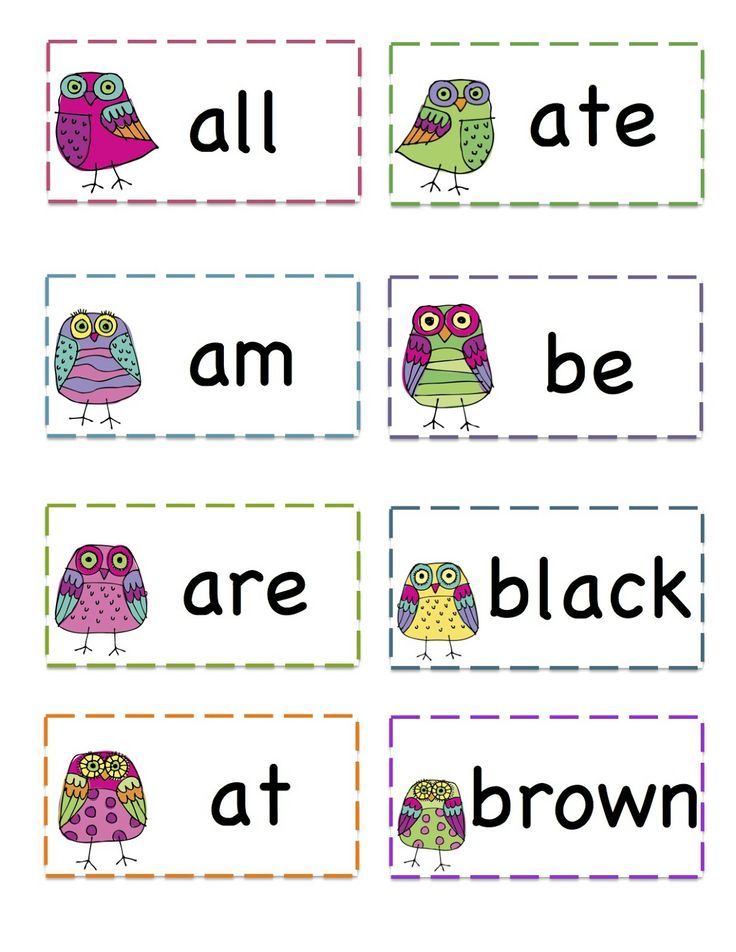 After discussing the text, suggest reading it again.
After discussing the text, suggest reading it again.
Mo-lo-dets Vo-va
Ma-ma and Vo-va gu-la-li.
In-va ran and fell.
It hurts no-ha, but Vo-va does not cry.
Wow!
B. Korsunskaya
Answer questions .
1. What happened to Vova?
2. What made him sick?
3. Why is Vova doing well?
Clever Bo-beak
Co-nya and co-ba-ka Bo-beak gu-la-li.
So-nya played-ra-la with a doll.
That's why So-nya in-be-zha-la to-my, and the doll for-would-la.
Bo-bik found a doll-lu and brought it to So-ne.
B. Korsunskaya
Answer the questions.
1. Who did Sonya walk with?
2. Where did Sonya leave her doll?
3. Who brought the doll home?
The bird made a nest on a bush. De-ti our nest-up and took off on the ground.
- Look, Vasya, three birds!
In the morning, de-ti came, and the nest-before it was empty.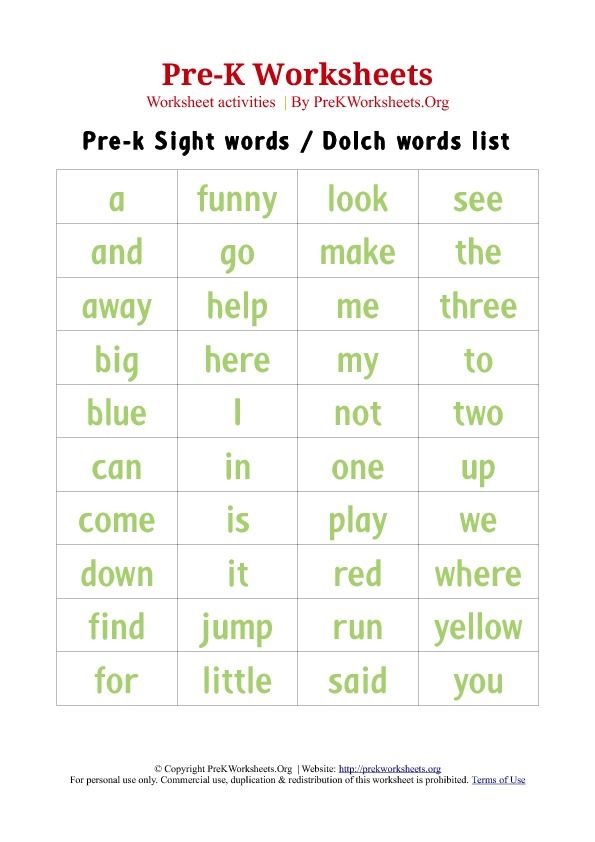 It would be a pity.
It would be a pity.
L. Tolstoy
Answer questions.
1. What did the children do with the nest?
2. Why was the nest empty in the morning?
3. Did the children do well? How would you do?
4. Do you think this work is a fairy tale, a story or a poem?
Pete and Mi-shi had a horse. They began to argue: whose horse. Did they tear each other apart.
- Give me - my horse.
- No, you give me - the horse is not yours, but mine.
Mother came, took a horse, and nobody's horse became.
L. Tolstoy
Answer the questions.
1. Why did Petya and Misha quarrel?
2. What did mother do?
3. Did the children play horse well? Why do you think so
?
9000
151
Filwords for the development of the reading, attention here.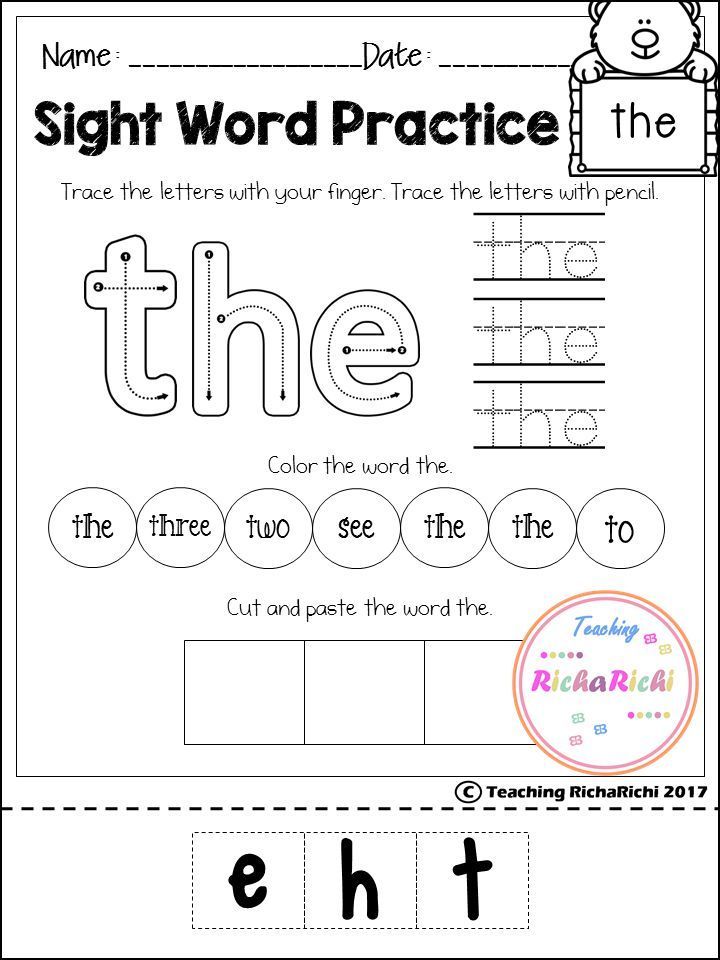
It will be interesting for children to read selected texts, they affect the emotional world of the child, develop his moral feelings and imagination . Children will get acquainted with the works of L. Tolstoy, K. Ushinsky, A. Barto, S. Mikhalkov, E. Blaginina, V. Bianchi, E. Charushin, A. Usachyov, E. Uspensky, G. Snegiryov, G. Oster, R. Rozhdestvensky, as well as fairy tales of different nations.
It is advisable to show children the genre features of poems, stories and fairy tales using the example of these works.
Fairy tale is a genre of oral fiction containing events unusual in the everyday sense (fantastic, wonderful or worldly) and distinguished by a special compositional and stylistic construction. In fairy tales there are fairy-tale characters, talking animals, unprecedented miracles happen.
Poem is a short poetic work in verse. The verses are read smoothly and musically, they have rhythm, meter and rhyme.